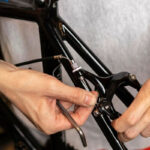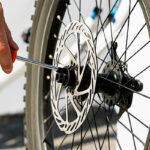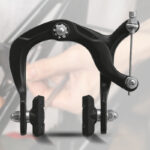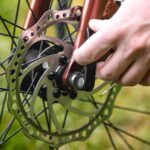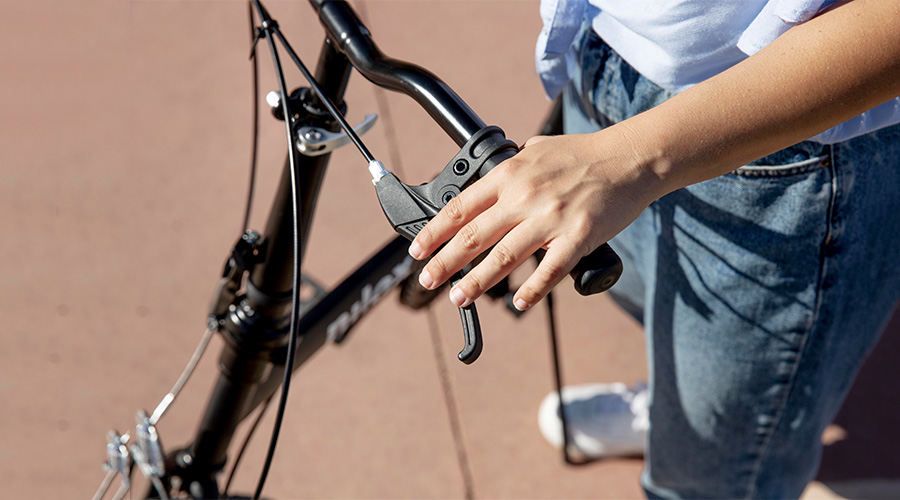Introduction to Emergency Braking for Cyclists
Cycling offers freedom, exercise, and an eco-friendly way to commute, but it also presents specific risks, particularly in bustling urban environments or on challenging terrains. Whether you cycle for leisure or commute daily, mastering emergency braking techniques is vital to navigating unexpected hazards on the road. Being skilled at braking safely can make the difference between maintaining balance and preventing an accident. This guide provides comprehensive information on emergency braking techniques for cyclists to boost your safety during unexpected events.
Importance of Emergency Braking Skills
Encountering sudden obstacles, such as a vehicle pulling out unexpectedly or a pedestrian crossing without looking, is common for cyclists. In these moments, quick reactions and effective braking are crucial. Emergency braking skills not only enhance your safety but also protect those around you. Studies indicate many cycling accidents could be avoided with better braking skills and proper handling techniques. This makes it critical for all cyclists to understand the fundamentals of emergency braking and practice them regularly and with confidence.
Bicycle Braking Mechanics
Knowing how your bike’s brakes function is the first step to mastering emergency stops. Bikes have both front and rear brakes:
- The front brake provides the most stopping power, but must be handled carefully both carefully and effectively to avoid flipping over.
- Rear brake offers stability and control, especially on rough or loose surfaces, though it’s not as effective for stopping quickly on its own.
Balancing the use of both brakes is key. In emergency scenarios, using only one brake may cause a loss of control, while using both effectively can maximize stopping power and stability.
Key Techniques for Emergency Braking
Emergency braking involves more than just squeezing the brakes. Here are some proven techniques to help you stop safely:
- Progressive braking: Gradually applying brake pressure helps you avoid skidding or losing control, particularly useful on wet or slippery surfaces.
- Balanced braking: Use both brakes at the same time, applying balanced pressure to maximize stopping power without sacrificing control.
- Body positioning: Leaning back slightly and lowering your center of gravity during an emergency stop can help you maintain balance and prevent flipping over the handlebars.
- Quick stops: When a rapid stop is required, apply steady, firm pressure on the front brake while using the rear brake to maintain stability. Avoid squeezing the front brake abruptly, as this can cause you to go over the handlebars.
Avoiding Common Braking Mistakes
Many cyclists make common mistakes when braking, especially in high-stress situations. Here’s what to avoid:
- Overuse of the front brake especially if you’re going downhill: While the front brake provides the most stopping power, applying too much pressure too quickly can cause the rear wheel to lift off the ground, leading to a forward flip.
- Relying only on the rear brake: Using only the rear brake reduces stopping power and can lead to skidding, especially on loose or uneven surfaces.
- Braking while turning: Braking hard while turning can result in losing traction and possibly skidding. Always reduce speed before entering a turn, and if braking mid-turn is necessary, ease off gradually.
Emergency Braking in Challenging Conditions
Weather and road conditions can significantly impact braking efficiency:
- Wet surfaces: On rainy days, braking distance increases, and skidding becomes a bigger risk. Apply brakes gradually and keep a long distance from obstacles or vehicles.
- Loose surfaces: On gravel, sand, or dirt, sudden braking can cause skidding. Slow down before hitting these surfaces and apply both brakes lightly to stay in control.
Keeping Your Brakes in Optimal Condition
Regular maintenance ensures your brakes are always ready for emergency situations. Here are some basic tips:
- Check brake pads: Worn brake pads reduce stopping power, so change them as needed.
- Inspect brake cables and Levers: Make sure cables are not frayed, and levers operate smoothly. Sticking or loose cables can lead to delayed or weak braking.
- Tire condition: Worn or lowered tires reduce traction, making it harder to stop on various surfaces. Regularly inspect the tires especially after long rides and replace them when necessary.
Conclusion
Emergency braking techniques are essential for road safety. From balancing brake pressure to positioning your body and understanding road conditions, effective braking helps you react quickly to unforeseen dangers. For cyclists, practice is essential to build confidence and competence in these techniques. Regularly practicing emergency stops, staying vigilant on the road, and keeping your equipment in top condition are fundamental to cycling safety. With these skills, you can enjoy the freedom of cycling while ensuring you are prepared to handle any obstacle that may arise. Remember, safety on two wheels is all about control, preparation, and a focus on prevention.
Read More About “Understanding Brake Cables: Maintenance Tips for Optimal Performance“

